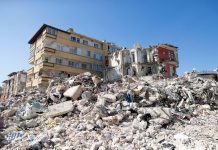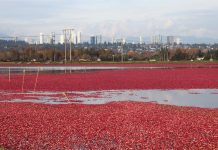
Is gelato healthier than ice-cream because it contains less fat? Discover the differences between the two frozen treats and why less fat doesn’t mean less calories.
Gelato is often mistaken for a fancy Italian ice-cream term. After all, they look similar and taste ‘somewhat’ like ice-cream. A closer analysis reveals otherwise.
| Differences | Ice-cream | Gelato |
|---|---|---|
| Ingredient | Cream | Whole Milk |
| Fat Content | 10% to 24% milk fat | 3% to 9% milk fat |
| Sugar | 21% | 16% |
| Overrun : The amount of air whipped into the ice-cream mix during the churning process, giving the mix a fluffy texture | 50% to 100% (volume of ice-cream doubles). Around 25% for premium brands. Mix is whipped at high speed. | 20% to 30% as mix contains less fat and is churn at a slower speed. |
| Serving Temperature | -22°C | -12°C |
| Texture | Thinner texture as it contains more air. Higher overrun means it melts faster. More stiff. | Silkier and dense as churning process is slower with less overrun. More pliable and fluid. |
| Flavour | More taste of the cream and less of the natural flavour. | Richer flavour since there’s less fat coating your palate. Your taste buds are less numb when consuming at warmer temperature. |
| Serving Tool | Scoop | Spade |
Is gelato healthier than ice-cream?
It ultimately depends on the ingredients, toppings and sauces that are added to the final product.
You can have a healthy fruit-based gelato but topping it with plenty of nuts and chocolates will increase the calories. The serving size also plays a role in the amount of calories consumed.
First Asian Gelato Cup and Gelato Museum
Food & Hotel Asia (FHA) show organizer, UBM with support from the Singapore Pastry Alliance, is staging the first Asian Gelato Cup at FHA 2018 to be held at Singapore Expo from April 24 to 27.
The world’s first museum devoted to gelato’s history, culture and technology opened near the city of Bologna in 2012. The 1,000 square metres facility features 20 original machines, multimedia presentations, 10,000 historical images and documents, tools and accessories.








































